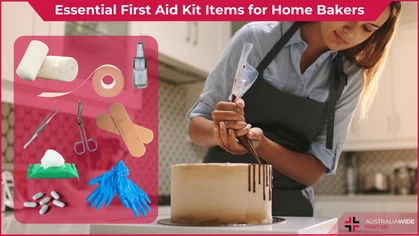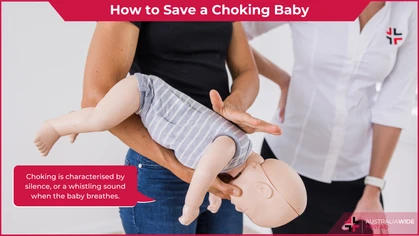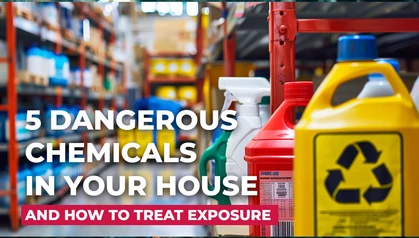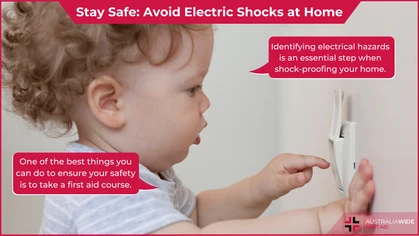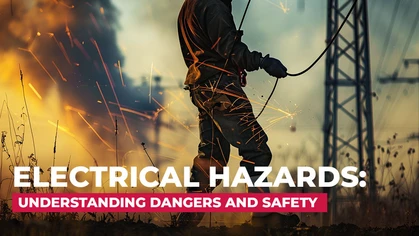5 Most Common Childhood Injuries

Danger
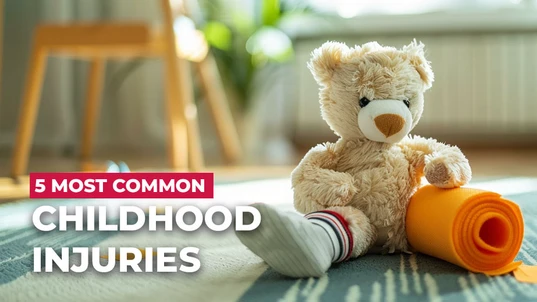
Very rarely can children sit still for long. As such, they are regularly plagued by five injuries in particular. It is important to know these injuries, so preventative action can be taken.
In 2017, Mitchell, Curtis, and Foster published a final report: “A 10 year review of the characteristics and health outcomes of injury-related hospitalizations of children in Australia”. From that report, several alarming statistics were uncovered that shed light on the prevalence and incidence of injuries leading to hospitalizations in children. Their findings will be referenced many times throughout this article, but some of the most noteworthy findings include:- Falls were the most common childhood injury mechanism, accounting for 38.4%.
- Fractures were the most common nature of injury, accounting for 41.9%.
- Sporting activities were the most common cited activity being performed at the time of the injury, accounting for 19%.
- The child’s home was the most common specified place of the injury incident, accounting for 24.5%.

Across the various childhood age groups, falls accounted for the greatest number of hospitalisations.
5 Most Common Injuries Among Children Aged 0-16
Falls
Injury related to falls is the most common reason for hospitalization, accounting for 38.4% of hospitalizations. Fall injuries are most associated with playground equipment, followed by falls from same-level surfaces (tripping, slipping, and stumbling), and followed again by falls involving pedestrian conveyances (ice skates, skis, roller skates, skateboards, and scooters). Interestingly, falls were the greatest cause of childhood injury amongst all age groups of children 0-16 years old, whereas other common reasons for injuries vary greatly between age groups.Road Transport Accidents
It is no surprise that road transport accidents account for a major source of childhood injury as this is also a common cause of injury for adults as well. Statistics of road transport injuries included injuries where the child was involved as a passenger in a vehicle, a pedestrian, or on bicycles and motorcycles. This type of injury is most common among children ages 11-16. Additionally, road transport accidents represent higher incidences of mortality or death.Injury Related to Inanimate Mechanical Forces
It can be difficult to identify the most common injuries related to specific objects because an injury can occur from many objects in our daily life. However, the report referenced above identified that the third greatest cause of injury in children was related to a grouping of items classified as inanimate mechanical forces. These are accidents where a child was struck by or struck against inanimate objects and/or the child got stuck, jammed, or pinched between objects. This type of injury occurred most in children ages 0-5.Poisoning
This type of injury is most common in children ages 0-5 and is related to the ingestion of a wide variety of substances. The most common substances include the following: medications, chemical agents and cleaning supplies, and button batteries. Refer to our article How to Treat Poisoning for more information on first aid for poisoning.Sports Injuries
The most cited activity leading to injury in children ages 6-16 was sporting activities. Males are more commonly injured in accidents related to sports than females. Team ball sports accounted for the greatest type of sports injury.
Falls involving pedestrian conveyances, such as roller skates, accounted for a large number of childhood hospitalisations. Children also regularly injured themselves through heavy contact with inanimate objects.
Conclusion
Injuries can and will occur in our daily lives. Since we cannot always prevent injuries, we must focus our attention on quick responses. That is why it is so important for today’s parents and child caregivers to be educated on first aid and CPR. Knowledge in these areas could be the difference between a bad day at your child’s sporting event and a tragic life-altering incident. See below for more articles and information related to injury as well as courses hosted by Australia Wide on CPR and First Aid.Recommended Related Articles and Courses
- Three Reasons for First Aid Training
- Why you should learn CPR
- Soft Tissue Injuries
- 3 Categories of Head Injuries
- Preventing Concussions in Sports
- HLTAID011 Provide First Aid Course
- HLTAID012 Provide First Aid in an education and care setting
Sources
Mitchell R, Curtis K, Foster K.
A 10-year review of the characteristics and health outcomes of injury-related hospitalisations of children in Australia. Day of Difference Foundation. University of Sydney. 5th May 2017. Click here to access a pdf file of the report.Australia Wide First Aid
How to Treat Poisoning
Originally published at
https://www.australiawidefirstaid.com.au/resources/common-childhood-injuries
as part of the Australia Wide First Aid Articles Library




